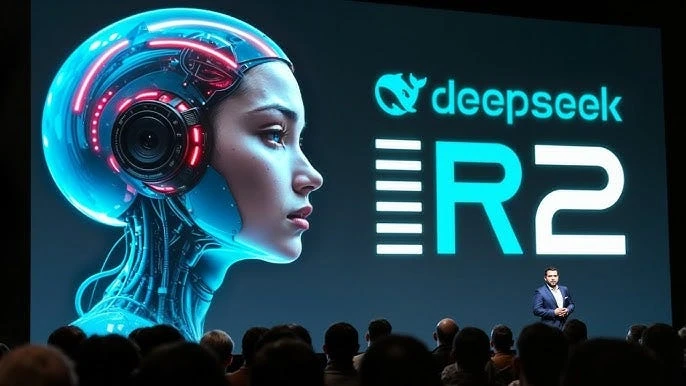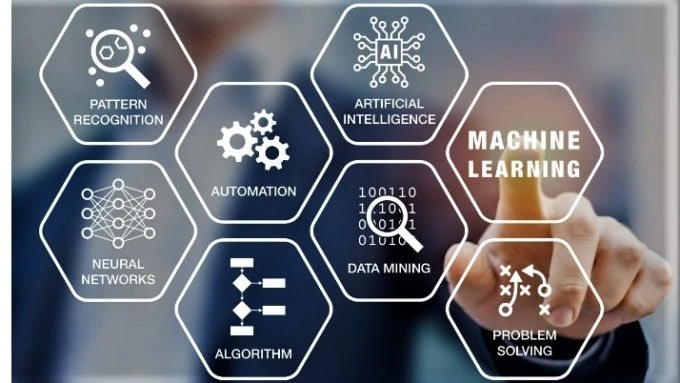Test AI on YOUR Website in 60 Seconds
See how our AI instantly analyzes your website and creates a personalized chatbot - without registration. Just enter your URL and watch it work!
1. Introduction to DeepSeek’s AI Model
This blog explores the key features, impact, and potential applications of DeepSeek’s latest AI model, shedding light on what makes it a standout development in the AI ecosystem.

2. What Makes DeepSeek’s AI Model Unique?
Open-Source Framework: Unlike many proprietary AI models, DeepSeek’s model is open-source, allowing developers and researchers worldwide to contribute, customize, and enhance its capabilities.
Scalability and Performance: The model is designed to handle large-scale data efficiently, making it suitable for high-performance AI applications.
Enhanced Natural Language Understanding (NLU): It excels in understanding and generating human-like text, improving the performance of chatbots, content generation, and automated translations.
Multimodal Capabilities: The AI model integrates text, images, and voice recognition, making it versatile for various applications, including virtual assistants and automated content moderation.
Ethical AI and Bias Reduction: Efforts have been made to minimize biases in AI responses, ensuring fairness and inclusivity.
3. Potential Applications of DeepSeek’s AI Model
AI-Powered Chatbots and Virtual Assistants
With improved natural language understanding, businesses can deploy more sophisticated chatbots that enhance customer service and automate responses with greater accuracy.
Content Creation and SEO Optimization
Content creators and marketers can leverage DeepSeek’s AI model to generate high-quality, SEO-optimized articles, blogs, and product descriptions, improving content marketing strategies.
Healthcare and Medical Research
AI models like DeepSeek’s can assist in medical diagnosis, patient data analysis, and drug discovery by processing large datasets and providing predictive insights.
Financial Analysis and Trading Algorithms
Financial institutions can use AI-driven algorithms for risk assessment, fraud detection, and real-time market analysis to make data-driven investment decisions.
Education and Personalized Learning
DeepSeek’s AI model can be used to create intelligent tutoring systems that adapt to individual learning styles, providing a more personalized education experience.
4. The Impact on the AI Community
Accelerating AI Research: The availability of an open-source AI model enables researchers to explore new algorithms and push the boundaries of AI capabilities.
Enhancing AI Accessibility: By offering an AI model that is not restricted to large corporations, smaller companies and independent developers can leverage its potential for various applications.
Driving Ethical AI Development: The transparency of an open-source model encourages the AI community to actively work on reducing biases and enhancing ethical AI practices.
5. Challenges and Considerations
Computational Resource Requirements: Running and training AI models at scale demands significant computational power, which may pose a barrier for smaller organizations.
Security and Misuse Risks: Open-source AI can be leveraged for malicious purposes, necessitating strong ethical guidelines and monitoring mechanisms.
Continuous Improvement: As AI evolves, maintaining and updating the model to align with ethical standards and emerging technological trends will be crucial.
6. Future Prospects and Innovation in AI
Integration with Emerging Technologies: Combining AI with blockchain, quantum computing, and IoT can open new avenues for innovation.
Advancements in AI Interpretability: Researchers are working on making AI models more explainable to increase trust and reliability.
Regulatory Frameworks: Governments and institutions are expected to introduce regulations to ensure responsible AI usage while fostering innovation.






